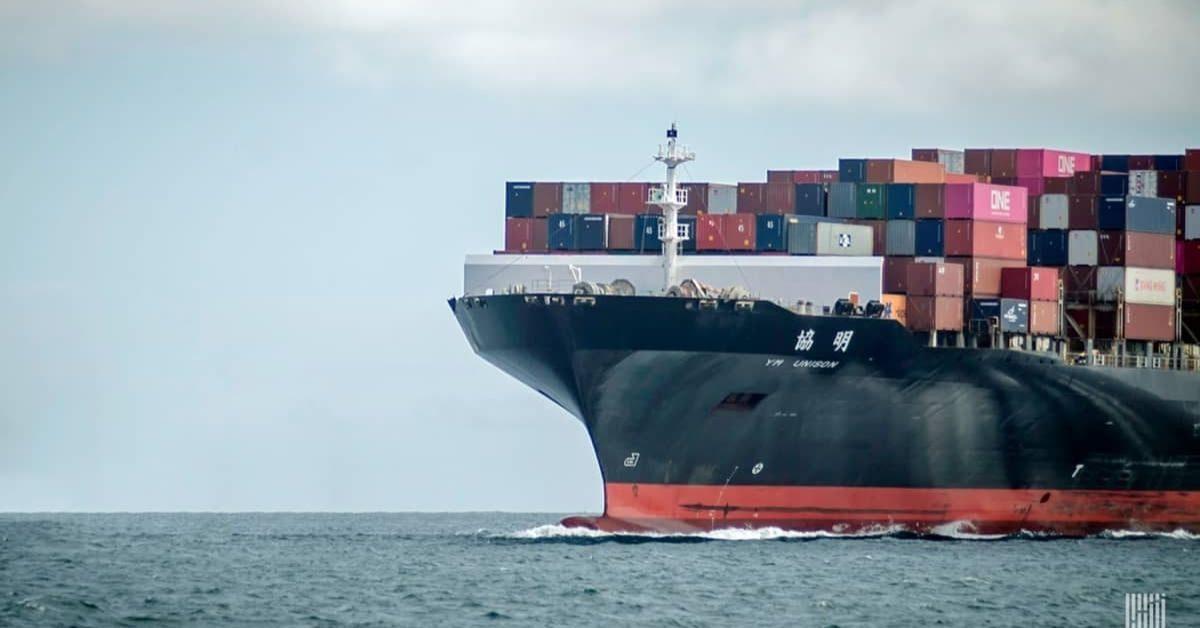Linerlytica’s latest report, issued on 26 December, stated that when Suez traffic was closed for seven days due to the Ever Given grounding, fewer than 20 ships were diverted.
The latest number of diverted ships equates to 1.77 million TEU, and Linerlytica cautioned that a capacity crisis could be looming as ships that were supposed to return to Asia from Europe and the US East Coast via the Suez are delayed by two to three weeks.
The majority of ships on the Asia-Europe and US East Coast via Suez routes are retaining their revised Cape routing as of 25 December 2023, with carriers still assessing the safety risks of returning to the Red Sea route, where Houthi rebels have been attacking vessels.
Coinciding with the usual cargo rush before the Chinese New Year, which starts on 10 February 2024, the situation has filtered through to the freight market, resulting in the Shanghai Containerised Freight Index (SCFI) rising by 15% on 22 December.
Asia-North Europe rates gained nearly 46% week-on-week, to US$1,497/TEU, while Asia-Mediterranean rates increased by almost 31% to US$2,054/TEU, as liner operators are executing peak season surcharges and higher freight-all-kinds (FAK) rates.
Linerlytica expects Asia-North Europe to transcend US$2,000/TEU this week with further rate hikes still to come as carriers take advantage of the looming space shortage in January.
Transpacific freight rates have latched on to the Red Sea turmoil and the expected shortage of capacity in January especially on the East Coast services which have been affected by the Panama Canal restrictions as well as the Suez diversions to the Cape route. Accordingly, Asia-US East Coast rates increased by 6% to US$2,982/FEU.
In comparison, Asia-US West Coast rates only went up by 2% to US$1,855/FEU. Linerlytica explained: “Rates to the West Coast have not gained as much in comparison, with capacity still open on all corridors as existing capacity is not affected by the Suez diversions, although carriers could still shift some capacity to Europe on account of the looming space shortage.”









